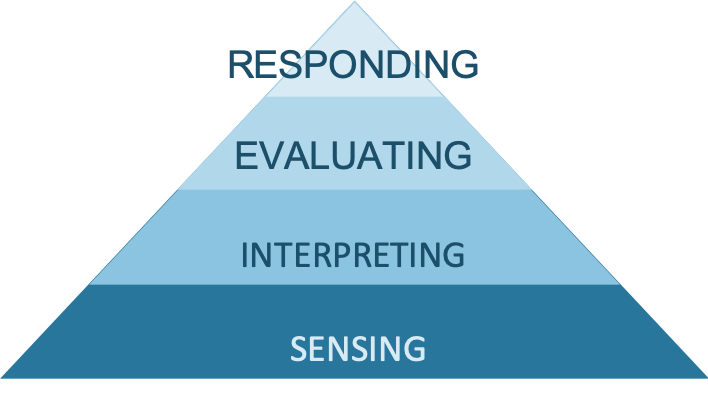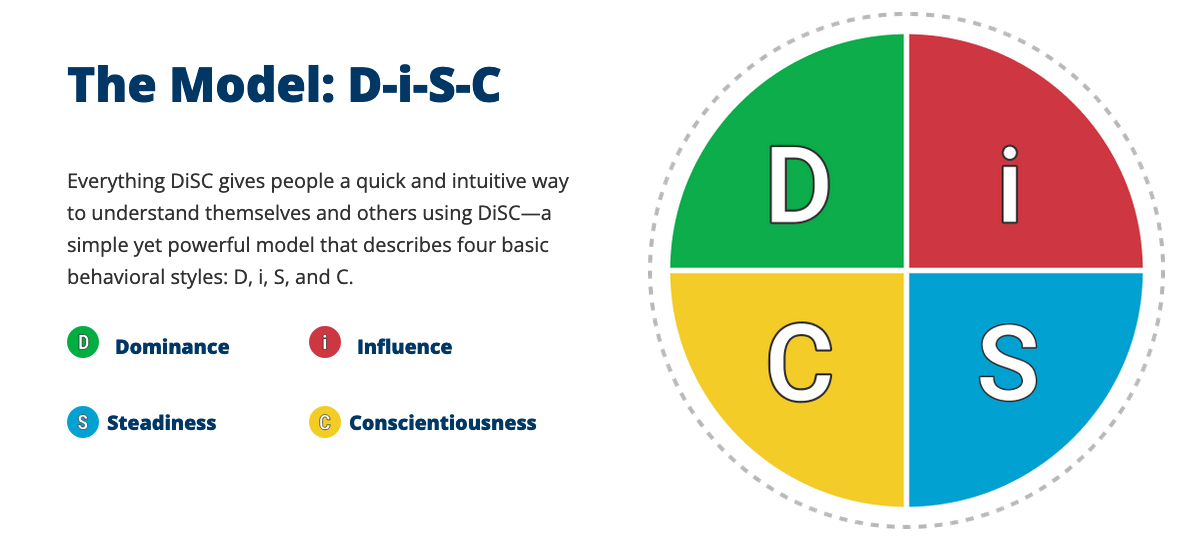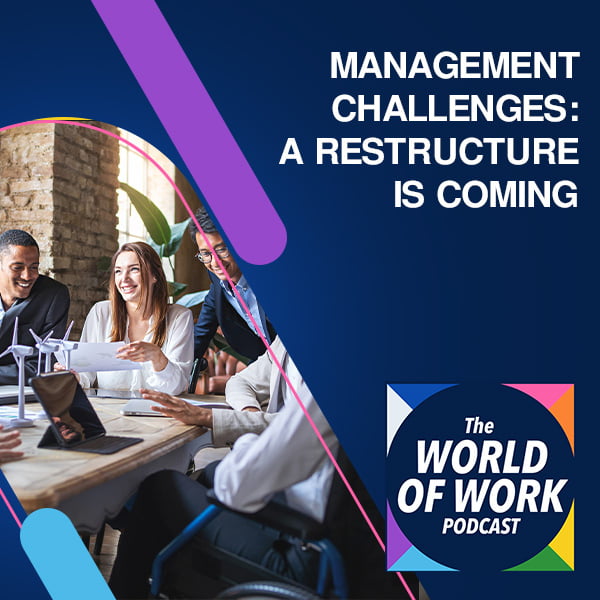Key Learning Points: The SIER Hierarchy of Active Listening lays out four steps required for effective active listening. First, you must Sense what is being communicated, then you must Interpret it through your knowledge of context, then you must Evaluate it before lastly you can Respond to it.
The Importance of Listening
Listening is a hugely important skill in the world of work. It’s a key part of effective communication. All too often we focus on delivering messages, and fail to really listen to others. To be better leaders, managers and colleagues, we should get better at listening to others.
SIER Hierarchy of Active Listening
The SIER Hierarchy of active listening details four key stages required for effective listening. As with all models associated with active listening, its purpose is to help the listener be a better, more effective listener who really hears what is being said, connects with the individual with whom they are communicating and builds effective relationships.

The model is a hierarchical model meaning that each stage builds on the stage before it. While the model is sometimes used for training in the sales arena, it is helpful in all walks of life. The stages of the model are: Sensing, Interpreting, Evaluating and Responding.
S – Sensing
The first stage of The SIER Hierarchy of Active Listening process is to use your physical senses to receive whatever is being communicated.
As this stage you should hear what is being said, see the body language of the person you’re communicating with, listen for tone of voice and observe any other non-verbal cues you can.
It’s important to concentrate and focus at this stage to ensure you collect as much helpful information as possible. Many people fail to be mindful and really present when communicating with others, so miss many spoken and unspoken messages at this stage.
You can improve your sensing with practice. Making eye contact, adopting open body language, being considerate and receptive and leaving pauses in conversation will all help the person you’re communicating with fully communicate what they have to say, meaning there is more information you can sense. Though not technically “sensing” asking helpful questions may also be useful at this stage.
I – Interpreting
The second stage of the SIER Hierarchy of Active Listening is to interpret the information you’ve sensed in stage 1.
When you’re interpreting what you’ve sensed, you might want to consider questions like: What is the context that the conversation is taking place in? What are the overarching patterns of behavior? What are the rules of communicating in the culture you’re operating within?
It’s important at this stage to really align your thoughts with the person you’re communicating with. It’s also important to wait for the person you’re communicating with to finish their message before starting to interpret it. You don’t want to form your opinions too soon because. If you do, you’ll be less effective at sensing new information in the remainder of the conversation.
Your entire goal in this stage is to ensure that you’re understanding of the messages really aligns to the sender’s meaning.
You can improve your ability to interpret by focusing on the overall social and political context within which you are operating, and by getting to know the people you are communicating with.
E – Evaluating
The third stage of the SIER Hierarchy of Active Listening is to evaluate the messages you’ve received and interpreted.
Again, it’s hugely important to wait until the person you are communicating with has finished their message before forming an opinion on any of the content.
In many instances what happens in conversations is that as soon as one person decides they disagree with something being said (by evaluating it), they switch off from the remainder of the conversation or start to discuss that specific point. They don’t allow the person they are speaking with to complete their statement. This is counterproductive for effective listening and relationship building.
Evaluation can be improved through practice, and through mindfully searching for areas of interest in the communication, as opposed to areas of disagreement.
R – Responding
The last stage of the SIER Hierarchy of Active Listening is to respond to the messages you’ve sensed, interpreted and evaluated.
By this stage you should have a clear view of what the person you’re communicating with has been aiming to communicate. You now need to respond to them. Your responses will take the form of both verbal and non-verbal communications.
It’s important to remember that your communications back to them at this stage have multiple purposes. Your aim is to move the conversation forward, show them that you’ve understood and interpreted what they’ve said and demonstrate that you’ve connected with the emotional sub-text of what they’ve communicated.
It’s possible to get better at responding with practice. Questioning is a powerful tool in this stage, as is playing back what you’ve heard in the same language used by the person you’re communicating with. You may also aim to physically mirror them, nod and provide verbal assurances (e.g. “yes”, “ok”, “I see”) throughout your conversations.
Learning More
Listening helps build connection, trust and relationships. When people feel listened to and really heard they feel understood, which is a hugely powerful social feeling. In fact, social belonging is one of the key human needs in Maslow’s Hierarchy of Needs, an important content theory of human motivation.
Of course, listening is about much more than just words. As Mehrabian’s model shows, tone and body language are hugely important.
There are many great models of listening that we have yet, though we’ve only written about a few including the six facets of effective listening.
Our View
The SIER Hierarchy of Active Listening is a useful theoretical model to be aware of in the workplace. We particularly like the fact that it calls out the need to be mindful of what the people you are communicating with are saying and to be aware of the context you are operating with. All too often as humans we race to convey our views, without taking the time to listen to what others have to say, and this model encourages us not to do this.
Overall we like what the model is trying to do, but we think it’s a bit difficult to use “in the moment” without practice. We fully recommend that individuals seek to improve their listening skills as well as their sensing / observation skills. We also consider questioning skills an important capability for individuals to seek to improve as these too can greatly increase your ability to actively listen.
How We Help Organizations
We provide leadership development programmes and consulting services to clients around the world to help them become high performing organizations that are great places to work. We receive great feedback, build meaningful and lasting relationships and provide reduced cost services where price is a barrier.
Learning more about who we are and what we do it easy: To hear from us, please join our mailing list. To ask about how we can help you or your organization, please contact us. To explore topics we care about, listen to our podcast. To attend a free seminar, please check out our eventbrite page.
We’re also considering creating a community for people interested in improving the world of work. If you’d like to be part of it, please contact us.
Sources and Feedback
Lyman K. Steil, Larry Lee Barker, Kittie W. Watson. Effective Listening: Key to Your Success. Addison-Wesley, 1983
We’re a small organization who know we make mistakes and want to improve them. Please contact us with any feedback you have on this post. We’ll usually reply within 72 hours.






